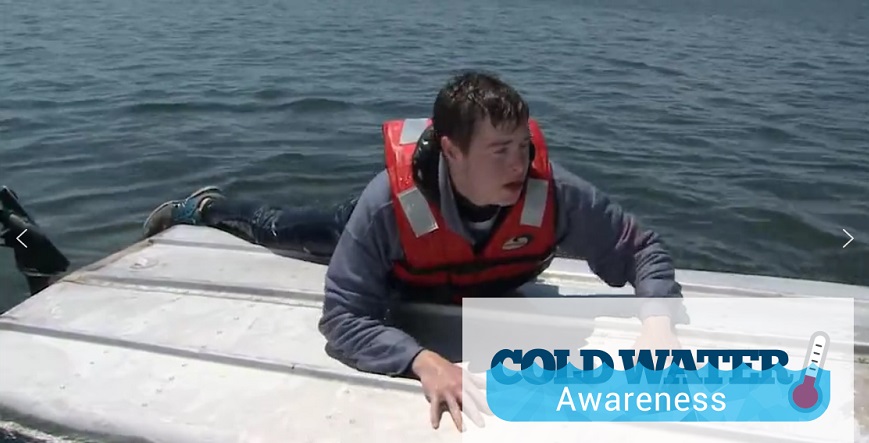If this post saves one more life this coming May long weekend, if one more family has all of their family members safely back on the dock and in their warm embrace on Tuesday morning…. then it’s worth it!!
The weather forecast for this “May 2-4” weekend is for warm sunny days in most of Canada. That may lull us into a very false sense that “summer is here” as we head out onto the water. However the water is still very cold – likely not over 10 degees C, or above 40 degrees F in most cases. While surface temperatures may be slightly warmer, as soon as you fall overboard (off a boat or paddleboard or out of a canoe) and your body is submersed in the water, that thermocline is bitterly cold!
On average, 60% of Canadian boaters who drowned did so in water fewer than 10 degrees C. and 34% in water between 10 and 20 degrees C. Canadian waters are cold much of the year. The immediate effects of cold water immersion (as opposed to hypothermia) are becoming better understood and when they are, the acceptance of lifejacket and PFD wear increases.
The 1-10-1 Principle is a simple way to remember the first three phases of cold water immersion and the approximate time each phase takes.
1 Minute – Cold Shock:
An initial deep and sudden Gasp followed by hyperventilation that can be as much as 600-1000% greater than normal breathing. You must keep your airway clear or run the risk of drowning. Cold Shock will pass in about 1 minute. During that time concentrate on avoiding panic and getting control of your breathing. Wearing a lifejacket during this phase is critically important to keep you afloat and breathing. Cold water injestion as you gulp for air increases the likelihood of drowning.
10 Minutes – Cold Incapacitation:
Over approximately the next 10 minutes you will lose the effective use of your fingers, arms and legs for any meaningful movement. Concentrate on self rescue initially, and if that isn’t possible, prepare to have a way to keep your airway clear to wait for rescue by others. Swim failure will occur within these critical minutes and if you are in the water without a lifejacket, drowning will likely occur.
1 Hour – HYPOTHERMIA:
Even in ice water it could take approximately 1 hour before becoming unconscious due to Hypothermia. If you understand the aspects of hypothermia, techniques of how to delay it, self rescue and calling for help, your chances of survival and rescue will be dramatically increased.
The message is clear – WEAR YOUR PFD !!! It can save your and a family members’ life.
For more information visit the Canadian Safe Boating Council website – www.csbc.ca – and www.coldwaterbootcamp.com

